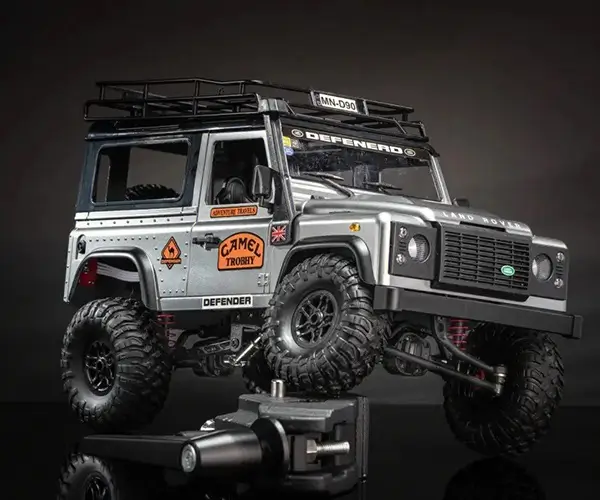Ever wonder how those fancy robotic arms or precision CNC machines move so smoothly? The secret behind that seamless motion often comes down to one hero: the servomotor. It's like the heartbeat of many automated systems, quietly working behind the scenes to keep things spinning perfectly.

A servomotor isn’t just your average motor. Think of it as a finely tuned athlete — responsive, precise, and able to hold positions without a hitch. Unlike traditional motors that run full blast or stop, servomotors are all about control. When you're talking about robotics or industrial automation, they're the magic that enables robots to grip, lift, and position objects with laser-like accuracy.
So, what makes a servomotor tick? The core idea is its feedback mechanism. It’s almost like having a tiny brain inside. Sensors constantly monitor precisely where the motor’s shaft is, and if it’s off even a tiny bit, the system adjusts immediately. That's why a servomotor can rotate to a specific angle, hold it, and switch places in a blink.
Imagine you’re assembling tiny electronic components: every movement has to be perfect, not just roughly right. The servomotor makes all that happen smoothly, with minimal vibration or jitter. Turns out, these motors are optimized to handle rapid acceleration and deceleration, making them ideal for dynamic tasks like robotic welding, CNC drilling, or even camera stabilization.
Ever ask yourself, “Why pick a servomotor over a regular one?” Well, it boils down to control and efficiency. They consume less energy when holding a position, because they don’t keep running full throttle. Plus, their precision means fewer errors and better product quality — which costs a lot less in rework and scrap.
The versatility is impressive. Whether it's a tiny servo in a drone or a large industrial servo used in automotive manufacturing, the principle stays the same. They come in different sizes, power ratings, and control modes to match various demands. Controllers send signals that tell the motor exactly how to move — a simple command for position, velocity, or torque.
Now, here's a question floating around: “Are servomotors complicated to set up?” Honestly, not really. Modern systems come with user-friendly interfaces. As long as you understand your application's need for precision and speed, choosing the right servo and tuning it to your operations is straightforward. Plus, good brands have excellent support and documentation, making troubleshooting a breeze.
Using a servomotor? Think of it as upgrading your system's competitive edge. The smoothness, precision, and energy savings pay off quickly. Whether you want robots that can assemble tiny gadgets or CNC machines that carve out complex designs, these motors give you that extra layer of control that makes automation smarter and more reliable.
In the end, a servomotor isn't just a component — it's an enabler. Making machines smarter, faster, and more precise isn’t just a trend; it's the future at your fingertips.
Established in 2005, Kpower has been dedicated to a professional compact motion unit manufacturer, headquartered in Dongguan, Guangdong Province, China. Leveraging innovations in modular drive technology, Kpower integrates high-performance motors, precision reducers, and multi-protocol control systems to provide efficient and customized smart drive system solutions. Kpower has delivered professional drive system solutions to over 500 enterprise clients globally with products covering various fields such as Smart Home Systems, Automatic Electronics, Robotics, Precision Agriculture, Drones, and Industrial Automation.




































